Old electronics - your personal gold reserve

With the growth of information processed by companies, server parks are also growing. All this abundance of large-scale equipment over time becomes obsolete, written off and ... often thrown away or idle by dead weight in warehouses. However, servers, like any electronics, contain in their composition a large amount of harmful substances, so they must be properly processed. It would seem that this is quite a boring and costly task, but if you approach it wisely, you can get gold from old servers. In the literal sense. And not only from them.
It is no secret that the production of electronics uses a variety of metals. And including - gold. It is believed that in one metric ton of electronic waste it contains from 250 to 450 grams . And more and more enthusiasts do not throw out obsolete and broken gadgets, but accumulate them for the subsequent extraction of valuable metals. Of course, the specific proportion of gold and platinum in a laptop or server is small, but by processing a few dozen old gadgets, thrown out as unnecessary, you can collect the same gold for quite a nice slite, whose cost will override your efforts.
In addition to gold, copper is a certain value, from which printed circuit boards are made. By the way, this metal is one of the reasons for the theft of air conditioners, in which heat exchanger copper pipes are used. A lot of copper can be extracted from the power supply.
')
If you already grabbed the screwdriver and avidly glances at the old system units, dumped in the closet, then do not forget that the electronics contain a lot of unhealthy substances. For example, television tubes and monitors tube will “delight” your body with lead, barium and strontium. But in general, an ordinary smartphone contains almost a third of the periodic table.

The chemicals used in the extraction of metals are also very far from safe. For example, aqua regia — a mixture of concentrated nitric and hydrochloric acids — can be used to dissolve gold and platinum. So reliable body protection, glasses, a quality respirator and a well-ventilated room are absolutely necessary conditions when extracting precious metals from electronics.
Where are the most valuable metals?
The main places of computers and servers where precious metals are concentrated are motherboards, processors, memory modules, expansion cards and gold-plated cable plugs.
Take, for example, the motherboard and expansion card:


A - Inside the north and south bridges there are the thinnest gold wires, as well as gilded paths connecting the different levels of the board.
B - Gold plated contact pins.
C - Gold plated pins for memory and PCI slots.
D - Integrated boards may contain the finest gold wires.
E - Monolithic ceramic capacitors (SMD, Surface mount device) may contain palladium, and in some cases also silver.
Visible to the naked eye gold-plated contacts do not need explanations.
It makes sense to go through friends and acquaintances, collect old computers, broken phones, broken tablets, broken laptops, old Soviet tape recorders, radios, TVs. Especially lucky sysadmins, whose companies are updating the server park with the write-off of equipment: ancient servers - a rich source of gold-containing components.
Pay attention : the older the gadget, the more precious metals it contains. Especially a lot of gold and silver in electronics of 1940-60.
How to extract gold?
So, you will need:
- Waste electronics.
- Rubber gloves.
- Rubber apron.
- Points
- 3% hydrogen peroxide solution (buy at the pharmacy).
- 31% hydrochloric acid solution.
- Methyl alcohol (used as an automobile antifreeze).
- Funnel filter (can be used from the coffee machine).
- Two large glass jars.
- Plastic or glass stirring sticks.
- Scales with an accuracy of about 5 mg.
- Gas-burner.
- Borax ( sodium tetraborate ).
- Clay pots or other vessels whose material has the ability to withstand a temperature of 500 degrees Celsius above the melting point of gold .
- Measuring vessel.
We urge you once again: observe safety precautions! It is best to perform all procedures in the open air.
Collect more gold components, including processors, cable plugs, etc. Then sort the electronics: boards that need cleaning, gold-plated connectors, gold-plated pins and contact dies, etc. You can use a magnet to sort steel gold-plated components.
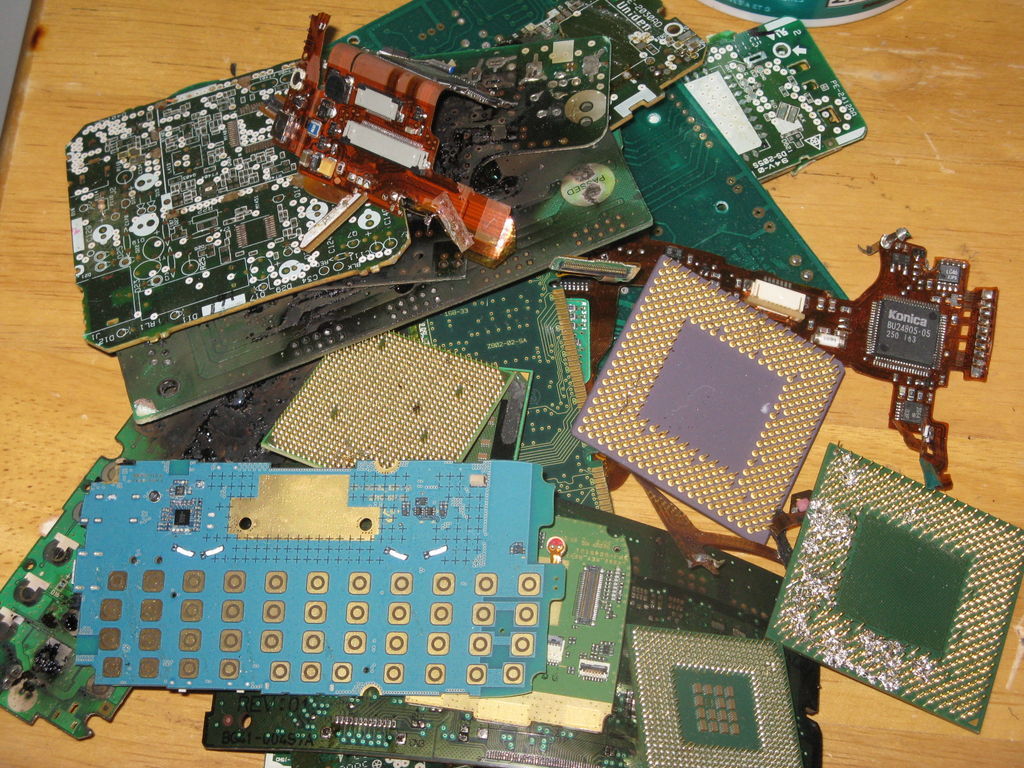

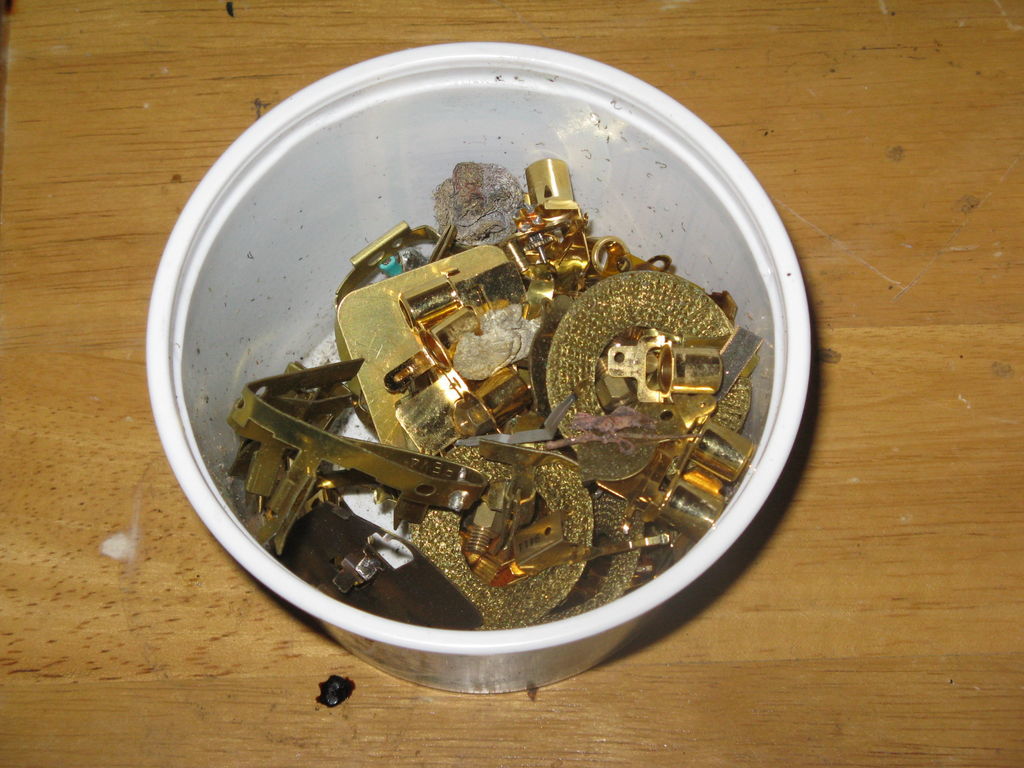
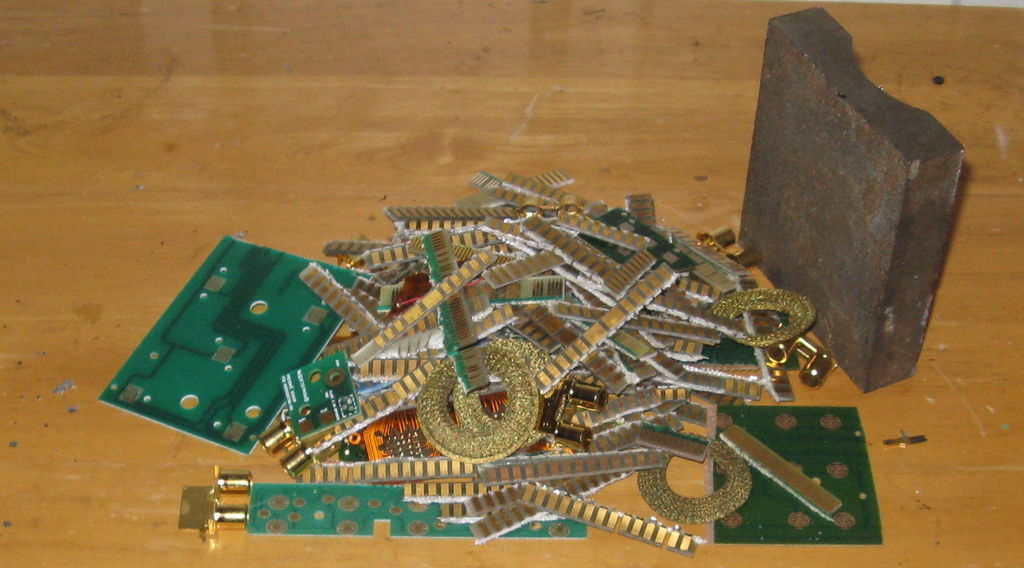

In one glass jar, fold the gold-plated combs and peeled boards, in the other, mix two parts of hydrochloric acid and one part of hydrogen peroxide. Pour the mixture into the first jar so that the liquid completely covers its contents. Wait a week, stirring daily.
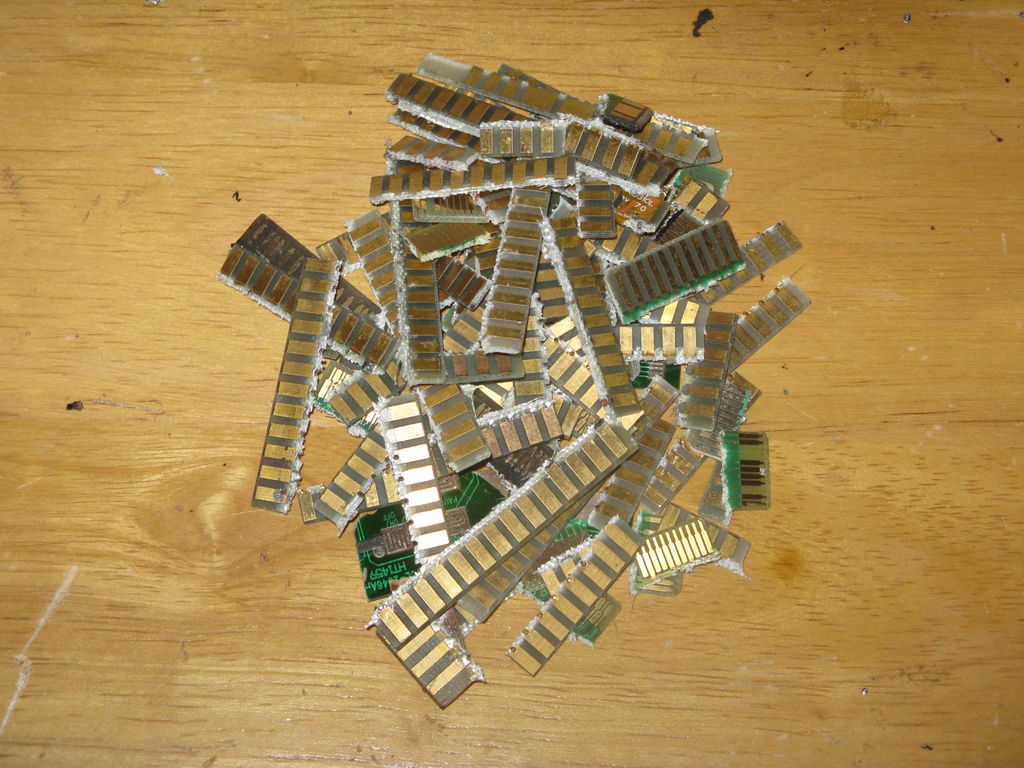
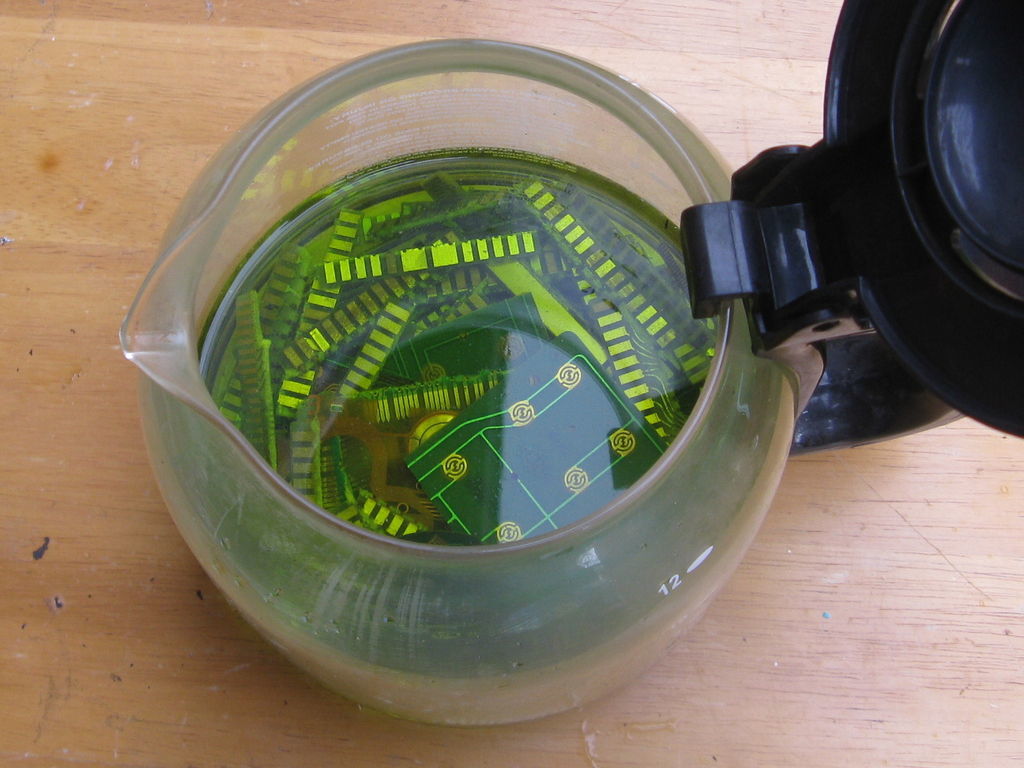
For now these scraps are soaked, we will be engaged in cupellation . It is the process of extracting gold or silver from alloys based on lead, copper, zinc, or other metals. The principle is that precious metals do not oxidize and do not enter into a chemical reaction, unlike base metals of the alloy, which form slags and other compounds when heated, and precious metals are separated from them. Cupellation has been known since the Bronze Age and is used to this day to extract gold and silver. However, this process does not allow separating silver from gold, but in our case it is not necessary.
In essence, cupellation is the burning out of a slag from an alloy with a torch until a beautiful yellow piece of metal is formed, which can only be cooled.




Last week, it's time to check our acid-soaked ingredients. The liquid darkened from the substances dissolved in it, and at the bottom you can see tiny scales of gold.
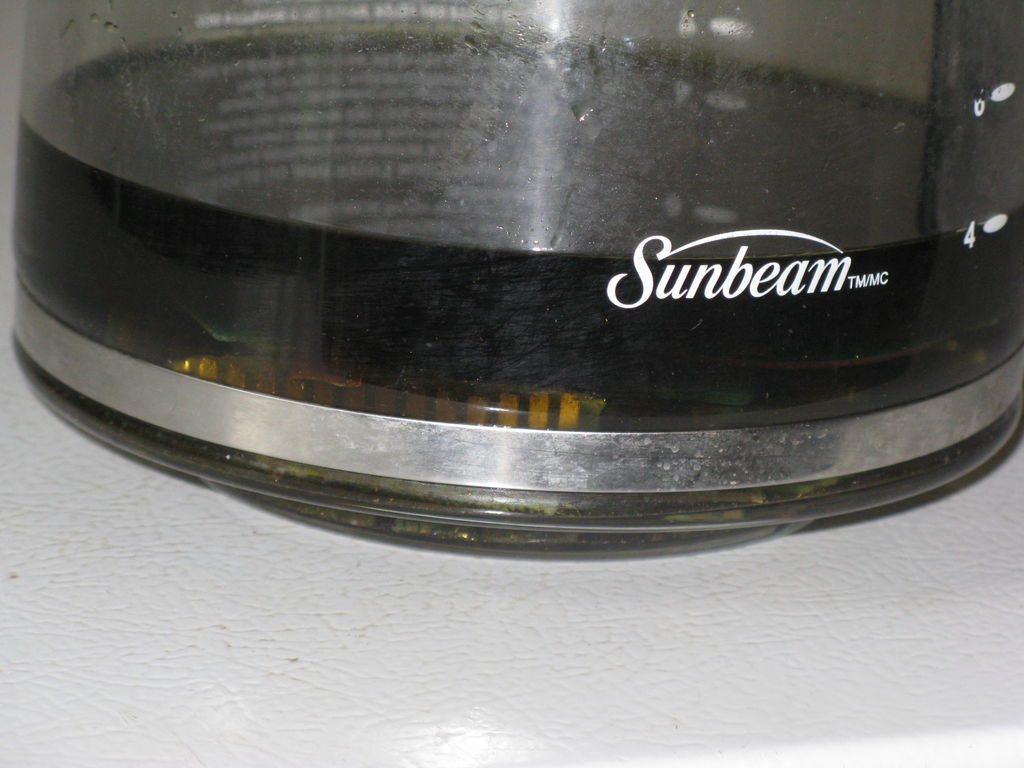

Merge the contents through a filter that delays the scales. Save the drained solution, do not pour it into the sewer. Wash the filter with gold particles first with a stream of water and then with methyl alcohol. It purifies gold much better, unlike water, which droplets will remain on scales and gold dust and increase their weight when weighed.


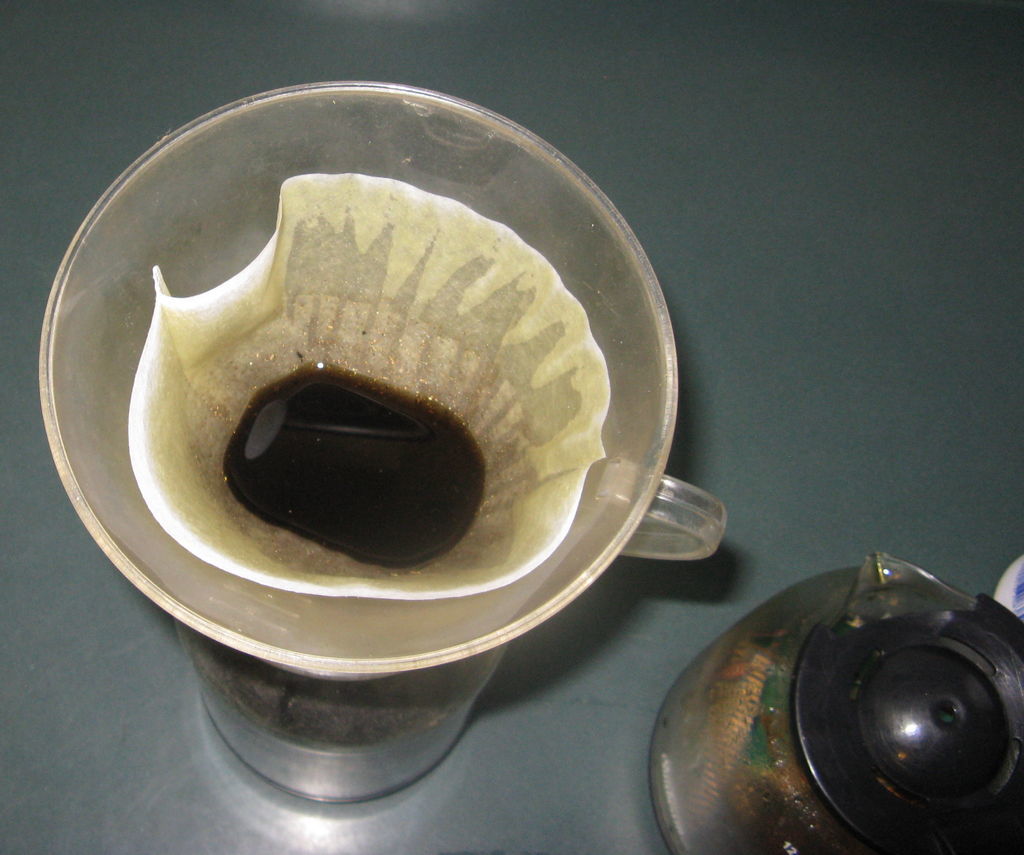
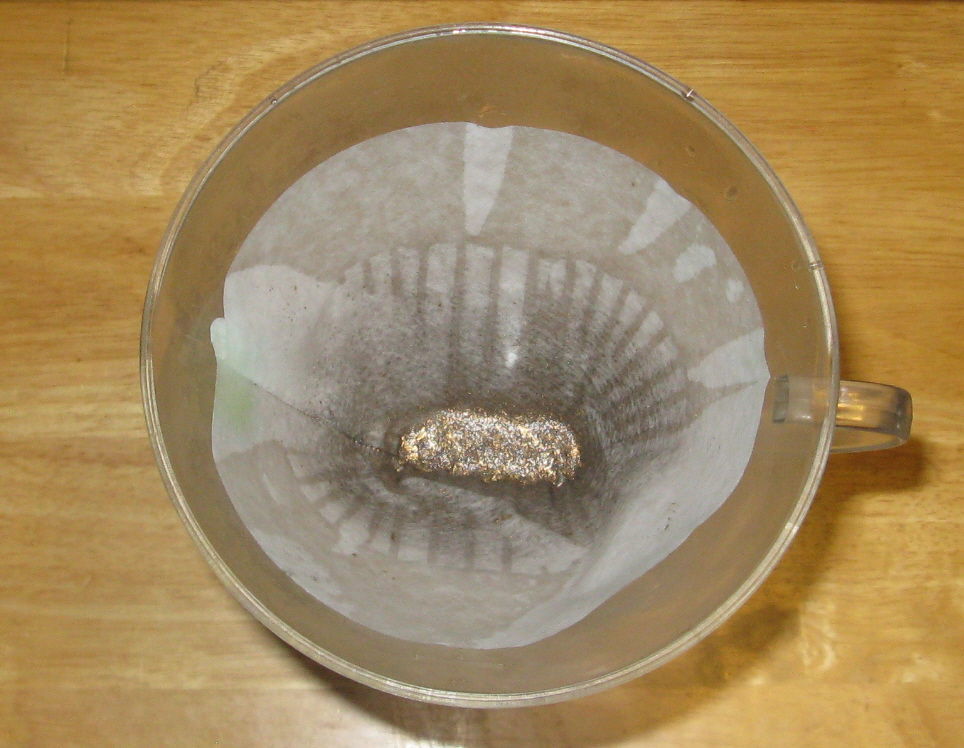

We roll out and sort them - cleared of gold in the garbage, unpurified we postpone for re-soaking in acid.

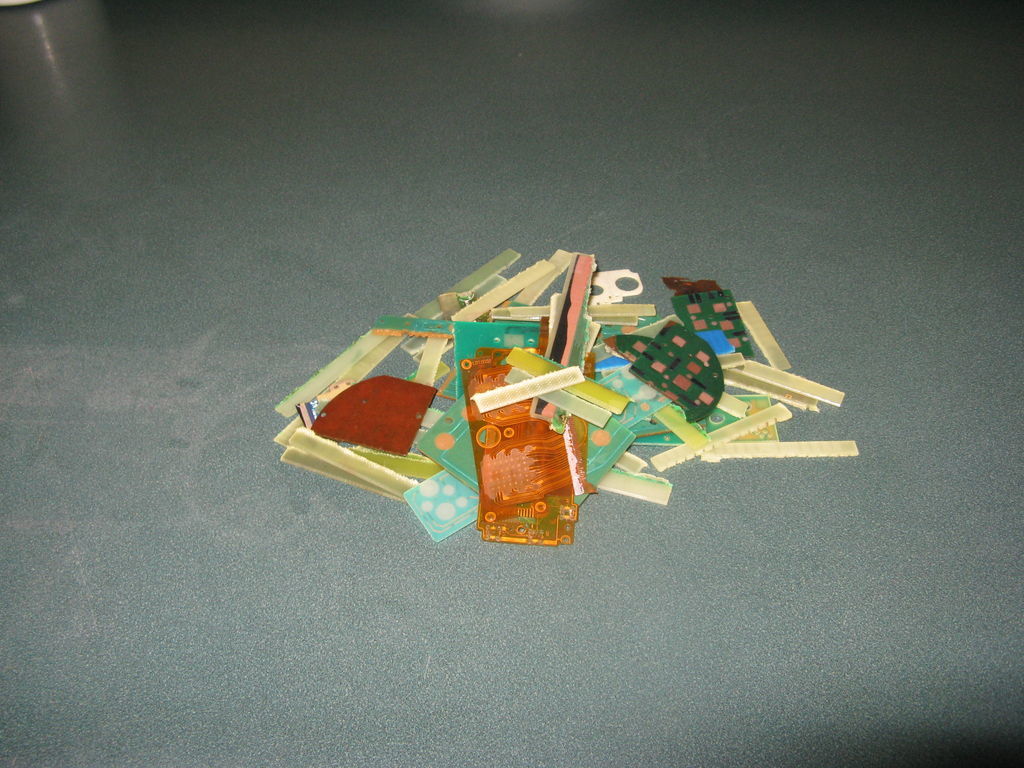
Now let's remelt collected scales and gold dust. There are two methods - using mercury (which does not suit us due to the toxicity of its vapors) or borax.
Since ancient times, borax has been used in artisanal gold mining, making it possible to lower the melting point of the metal contained in the ore. Under normal circumstances, gold melts at a temperature of 1064 degrees Celsius, which is hardly achievable at home. If, however, put gold powder in borax, then ingots can be melted at a lower temperature. Moreover, this method gives a higher yield of gold than when using mercury.
Place the ceramic pot over the gas burner, heat it, pour borax, after melting it, add gold powder and another borax, and continue heating.
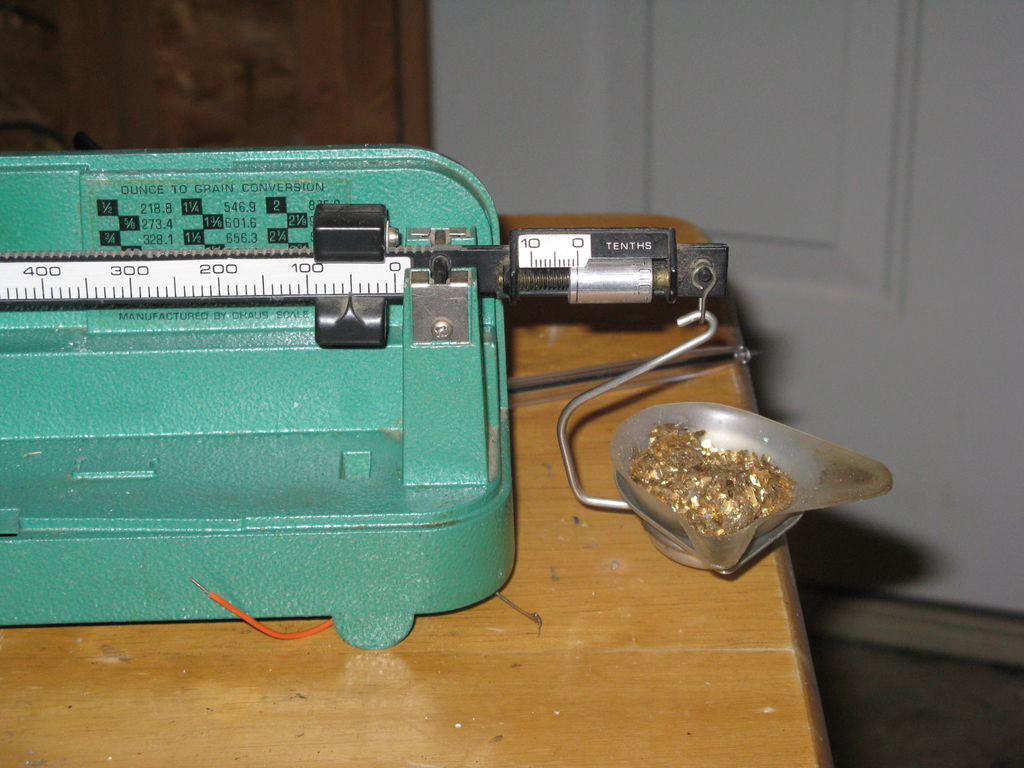
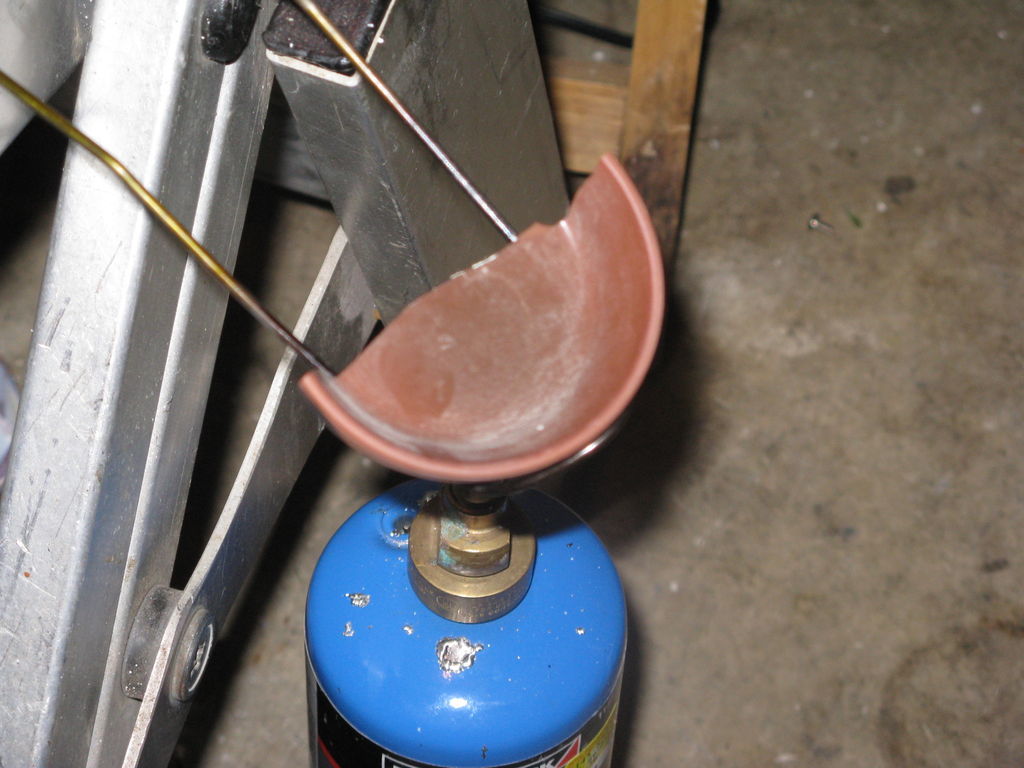

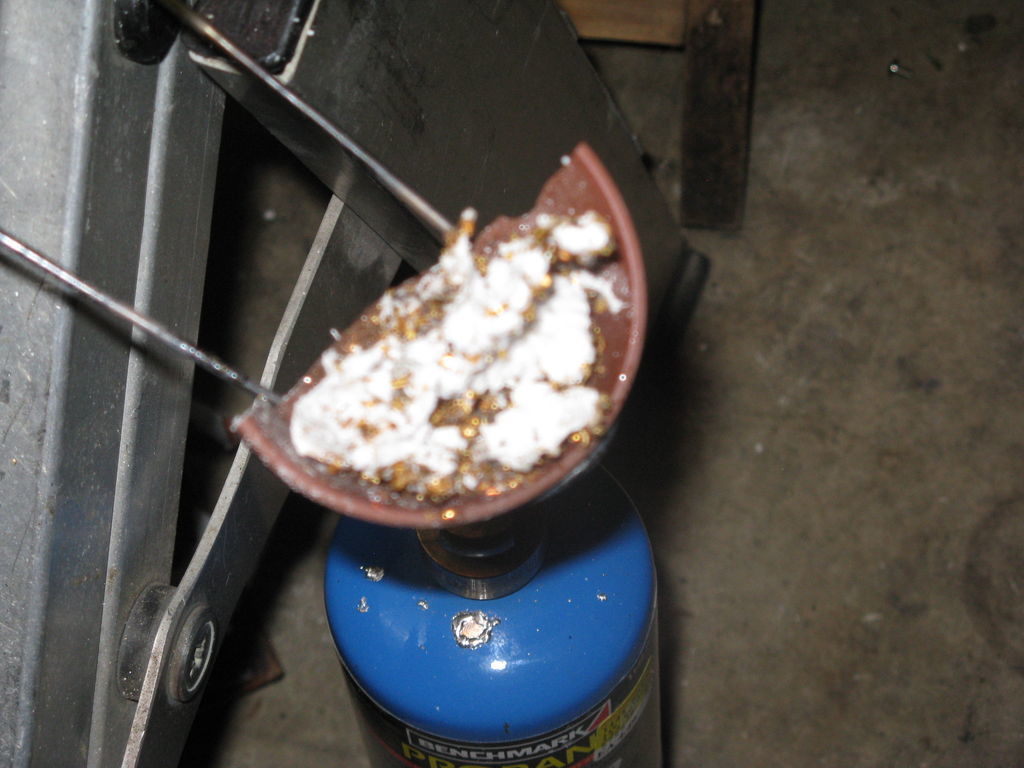
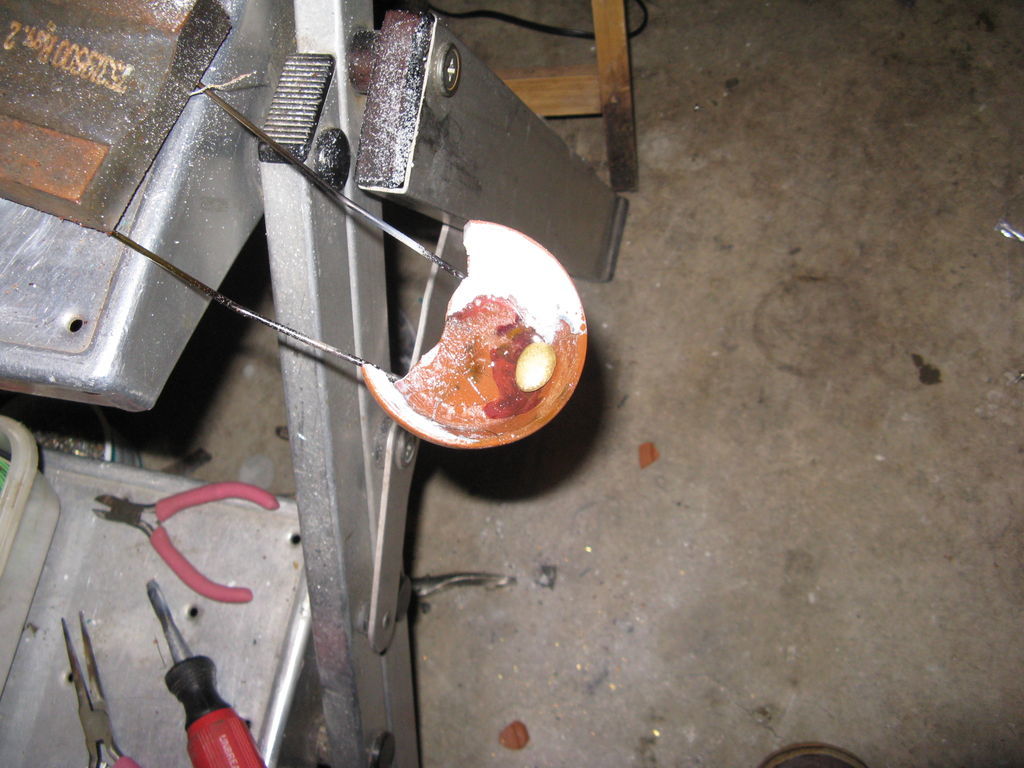

And what to do with the resulting ingot, let your fantasy tell you.
When writing a post used materials from the site Instructables .
Source: https://habr.com/ru/post/306396/
All Articles